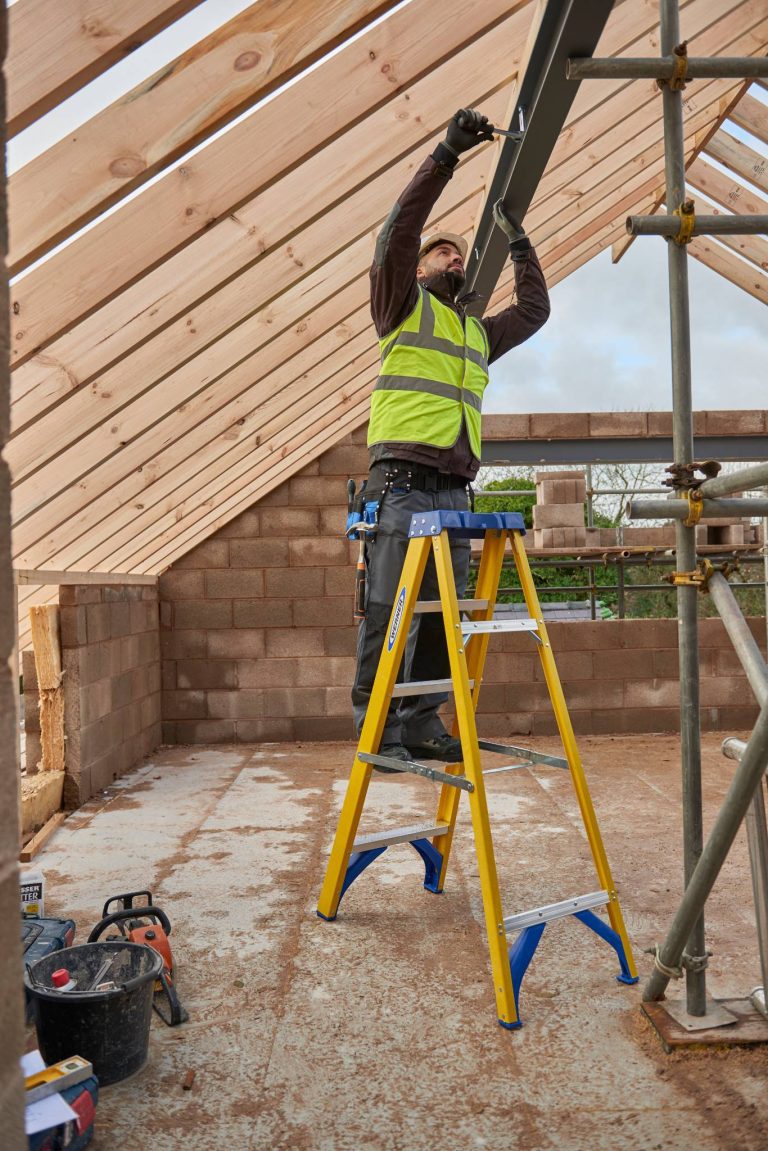Paradise Birmingham, the £1.2 billion transformation project at the heart of the city, has today received its latest planning approval from Birmingham City Council. In a unanimous decision from the planning committee, permission was granted for Three Chamberlain Square, a new 10-storey, 185,000 sq ft commercial building, a key part of the second phase of the Paradise masterplan. Grounded in sustainability and with a unique ‘inside-outside’ ethos to the workplace, Three Chamberlain Square will be one of the most sustainable commercial buildings located in the city centre. It will be a first for Birmingham in terms of environmental standards, while offering a unique working setting for occupiers. In addition to incorporating a low carbon approach to materials, waste and construction, the design of Three Chamberlain Square builds in a low carbon future for its occupiers. With lots of natural light and ventilation, the building reflects the demands of the modern workplace and will remain sustainable. It is the fourth commercial building at the estate after One Chamberlain Square, Two Chamberlain Square and One Centenary Way. The residential Octagon tower is also currently under construction on the northern part of the estate, fronting Summer Row. The building will offer 200 bike spaces and dedicated changing facilities, all electric power and heating, and stairwell connections between floors, creating an agile and adaptive approach to the workplace. It will be a beautiful and inspiring building, promoting health, sustainability and wellbeing among those who will work there well into the future. With its prominent setting next to the Grade I Town Hall, Three Chamberlain Square will help create new connections in and around the civic heart of Birmingham and across the city centre. Designed by award-winning architects Feilden Clegg Bradley Studios, Three Chamberlain Square is a key statement of sustainability for the city and aims to be one of the greenest commercial buildings built in the UK post-Covid. The building will improve accessibility along Paradise Street and to metro and rail connections, as well as aiding pedestrian flows between different parts of the city centre. The building is a key part of Phase Two of Paradise, which includes the almost complete One Centenary Way, plus a new 17-storey hotel on the corner of Paradise Street and Suffolk Street Queensway, and three important new public spaces, Ratcliff Square, Western Terrace and Ratcliff Passage. These new, high-quality public spaces in the southern part of the Paradise estate will provide a more fitting environment for the surrounding historic buildings, as well as create new connections through to the Westside part of the city. The new public realm, designed by Grant Associates Landscape Architects, will build on the success of the refreshed Chamberlain Square, Congreve Street and Centenary Way, which form part of Phase One of the development. Rob Groves, regional development director at Paradise development manager MEPC, said: “This planning approval is another huge vote of confidence in both the city and Paradise, and its ability to attract new jobs, skills and investment to Birmingham. A further commercial building will enable us to meet market demand for space in the city centre, in a highly-sustainable, people-centred building of the highest quality. In addition to office space, Three Chamberlain Square will bring further leisure and retail opportunities to the heart of the city, with the prospect of more top-quality operators of the like we’ve already attracted to Paradise.” Chris Taylor, Chairman of MEPC and CEO of Federated Hermes Real Estate, said: “This is a significant next step in the Paradise story. Our ambition for Paradise is to deliver one of the UK’s leading business destinations by creating leading sustainable buildings set within the very best public realm, with first class retail and leisure amenities for all those who work, live in or visit the city.“We are committed to driving forward our investment in Paradise. Three Chamberlain Square will ensure that the momentum continues apace.” Neil Rami, Chief Executive of West Midland Growth Company: “Birmingham is the UK’s primary regional investment opportunity, as reflected through Paradise and other developments across the city centre.“The planning approval for Three Chamberlain Square underlines that status and demonstrates that the city and its operators are intent on bringing new high-quality buildings, public spaces and pedestrian routes into the city. “The quality of Three Chamberlain Square and its relationship to the Town Hall is exactly the kind of development we want to see in the city centre and can’t wait to see it take shape as an integral part of the Paradise masterplan.” George Wilson, Partner at architects Feilden Clegg Bradley Studios, said: “Three Chamberlain Square will be a new type of commercial building for the city, one that has sustainability and post-Covid requirements at its core. It will be a welcoming environment, with active uses on the ground floor. “There will be an abundance of natural light and ventilation, with the building design unique in its pioneering approach to reduce both embodied and operational carbon, creating a low-energy, low-carbon workplace for the future. It will be a special addition to the city, with a real sense of arrival for both visitors and the public.” Paradise Birmingham has already completed phase one of the development, with One Chamberlain Square wholly occupied by PwC, and Two Chamberlain Square home to a mix of professional and financial services firms, including DLA Pipier, Knights Plc, Mazars, Cazenove Capital, Atkins and Cubo. Dishoom, Rosa’s Thai Café and Albert’s Schloss will be joined this summer by Yorks Café, along with wine bar and Mediterranean eatery Vinoteca. At almost two million square feet, Paradise is delivering up to 10 new flagship buildings, offering offices, shops, bars, cafés, restaurants, a high-quality hotel, and Octagon, the world first 49-storey, pure octagonal residential tower, across 17 acres in the heart of the city. Paradise is being brought forward through Paradise Circus Limited Partnership (PCLP), a private-public joint venture with Birmingham City Council. The private sector funding is being managed by Federated Hermes, which has partnered with Canada Pension Plan Investment Board (CPP Investments)













